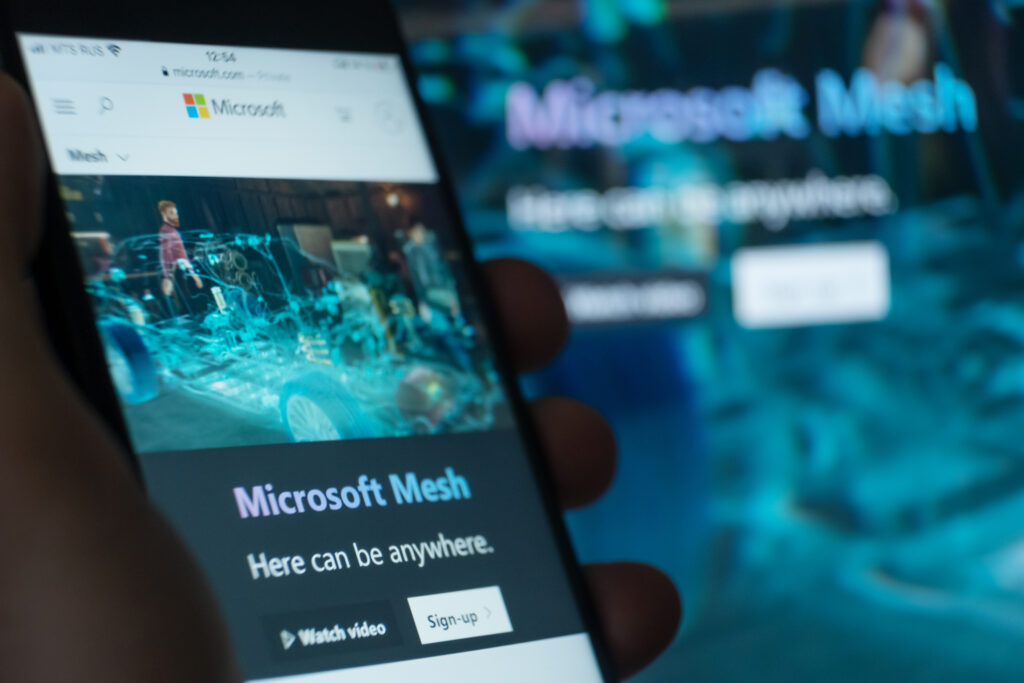Microsoft (NASDAQ: MSFT) is redefining virtual meetings with the integration of Microsoft Mesh into Microsoft Teams. This move marks a significant advancement in Microsoft’s mixed reality offerings, allowing users to engage in 3D virtual spaces, and enhancing remote collaboration. Initially launched in early 2021 as a standalone platform for VR/AR experiences, Microsoft Mesh now finds a more integrated role within the Teams ecosystem, potentially shifting its identity from an independent platform to a feature within Teams.
This integration caters to the growing demand for more interactive and engaging virtual meeting environments, especially in the context of remote and hybrid work models.
Why it matters: The integration of Microsoft Mesh into Microsoft Teams is a pivotal development in the evolution of remote work technologies. It signifies a shift towards more immersive and interactive forms of communication. This advancement also addresses some of the key challenges faced in remote work, such as building deep human connections and fostering engagement, which are crucial for organizational performance and employee satisfaction.
- Using the no-code editor and Mesh toolkit, organizations can host larger events with custom immersive experiences, offering endless possibilities for venues, simulations, and training. Takeda, a global pharmaceutical company, attests to the success of Mesh in facilitating hybrid meetings, fostering collaboration, and adding an element of fun to their interactions.
- Mesh offers the capability to build and join custom spaces, a feature targeted at businesses seeking a more comprehensive engagement with the platform. This signifies Microsoft’s strategic approach to meeting diverse business needs in the realm of immersive meetings.
- Microsoft’s move to support VR meetings in Teams underscores its commitment to facilitating cross-platform communication, catering to users on both traditional PCs and VR devices such as Meta Quest.






